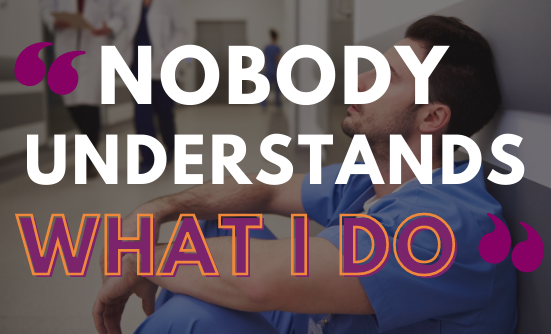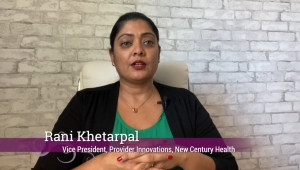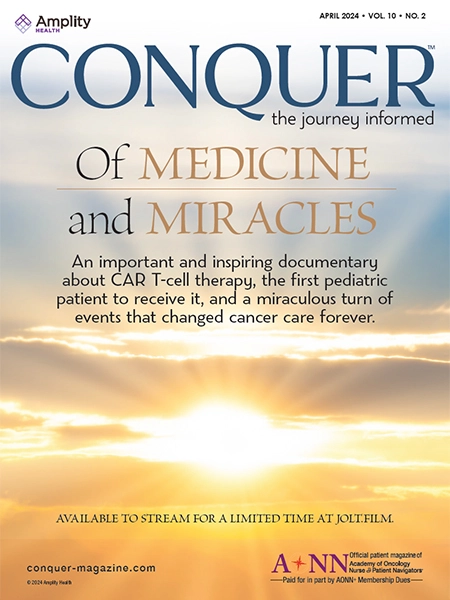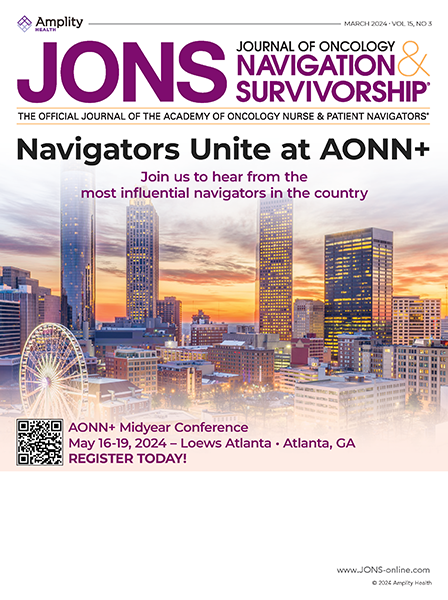Navigation
Key Elements of a Sustainable Navigation Program
Linda Fleisher, PhD, MPH,Andrea (Andi) Dwyer, BS
Building a sustainable navigation program relies upon several key elements: financial support, leadership, metrics, and more. Linda Fleisher, PhD, MPH, and Andrea Dwyer, BS, discuss these elements as well as the importance of assessing your program. They also highlight some of the resources available to evaluate your programs, such as the Oncology Navigation Standards of Professional Practice and the Navigation Metrics.
Why Indigenous Navigator Programs Become So Popular
Mu Lin
In the field of cancer care, there is a growing acknowledgment of the value of indigenous patient navigators in improving patient outcomes.
Listening to Your Patients
Kammi Fox-Kay, MSN, RN, AOCNS, ONN-CG(T)
Being a good communicator is an essential skill for an oncology navigator. Oncology nurse navigator Kammi Fox-Kay is sharing tips on how to listen to what your patients are saying, and not saying.
Nobody Understands What I Do as an Oncology Navigator
Lillie D. Shockney, RN, BS, MAS, HON-ONN-CG
As oncology navigators, patients and members of the oncology care team alike may have trouble understanding our role. In this blog, Lillie Shockney shares some ways to guide these conversations.
Training Navigators in Data Analytics
Rani Khetarpal, MBA
Oncology and patient navigators should be trained and skilled in data analytics to show the return on investment of the navigation role and improve patient care.
Daily Struggles of Oncology Navigators
Rosie Kelly
Oncology navigators face new challenges every day. Becoming an AONN+ member means receiving resources and access to a community that addresses the needs of every kind of navigator.
National Study Aims to Demonstrate Value of Navigation in the Cancer Care Continuum
First-of-its-kind study launched on November 1, 2018, at 8 sites across the US
Helping Patients to Remain Hopeful and Stay Realistic When Dealing with Metastatic Cancer
Lillie D. Shockney, RN, BS, MAS, HON-ONN-CG
Navigators are vital in communicating realistic expectations to patients, and helping them to transition from one phase of hope to the next, especially when the treatment goes from curative to palliative.
The History of Navigation: Where Did It Come From?
Lillie D. Shockney, RN, BS, MAS, HON-ONN-CG
In the late 1980s, changes were made to this method of monitoring care and utilization management (UM) was introduced. UM was the evaluation of the appropriateness, medical need, and efficiency of healthcare services, procedures, and facilities according to established criteria or guidelines and under the provisions of an applicable health benefits plan.
The History of Navigation: Where Did It Come From?
Lillie D. Shockney, RN, BS, MAS, HON-ONN-CG
If we don’t know where we’ve been, we may not understand where we are now, much less know where we are going. In the late 1970s and early 1980s, the government decided to implement major changes in how hospitals would be paid for providing inpatient care. Healthcare expenses were recognized as being out of control, even back then.
- 1
- 2
Thank You to Our Corporate Sponsors and Alliance Partners!
-
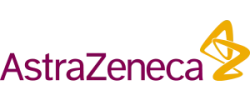
Major Corporate Sponsor
-

Patron Corporate Sponsor
-

Patron Corporate Sponsor
-

Patron Corporate Sponsor
-
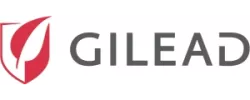
Industry Relations
Council Member -
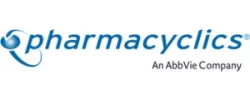
Industry Relations
Council Member -
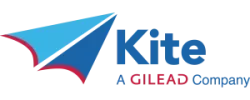
Industry Relations
Council Member -
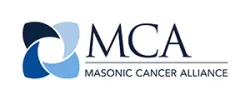
National Alliance Partner
-
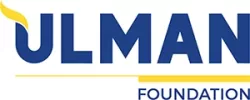
National Alliance Partner
-

National Alliance Partner
-

National Alliance Partner
Privacy Notice | Terms of Use
© 2009- DBA AONN+ Academy of Oncology Nurse & Patient Navigators® | PO Box 563, Cranbury, NJ 08512 |
AONN+ DBA AONN+ is a 501(c)(6) organization under federal tax guidelines. AONN+ Foundation for Learning, Inc. a 501(c)(3) organization under federal tax guidelines.
AONN+ Advantage, LLC, a wholly owned subsidiary of AONN+.




